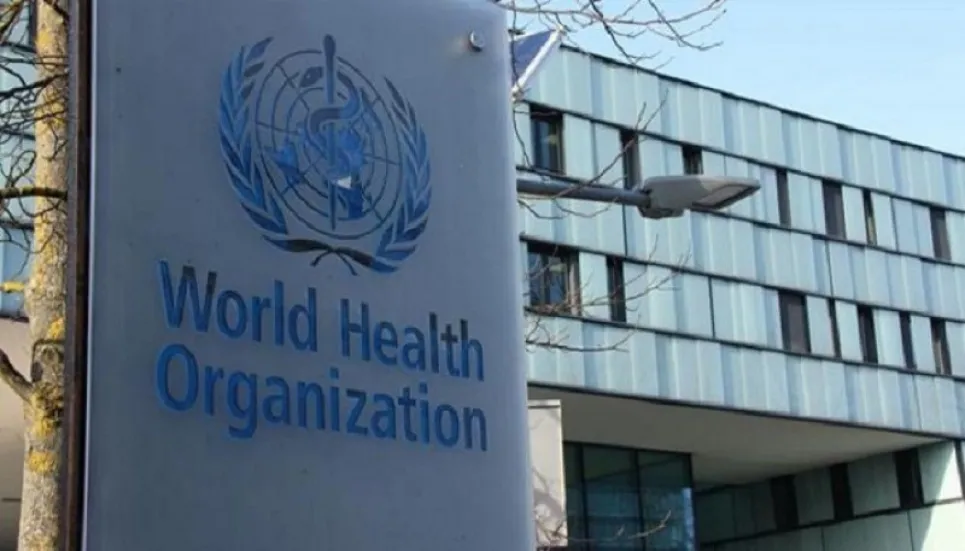
The World Health Organization maintains its stance that the transmission of coronavirus from people without symptoms is 'rare' despite the warnings from numerous experts worldwide that such transmission is more frequent and is likely to explain why the pandemic has been so difficult to contain.
Maria Van Kerkhove, WHO''s technical lead on Covid-19 said at a press briefing on Monday that many countries are reporting cases of spread from people who are asymptomatic, or those with no clinical symptoms.
But when questioned in more detail about these cases, Van Kerkhove said many of them turn out to have mild disease, or unusual symptoms.
Although health officials in countries including Britain, the US and elsewhere have warned that Covid-19 is spreading from people without symptoms, WHO has maintained that this type of spread is not a driver of the pandemic and is probably accounts for about 6 per cent of spread, at most.
Numerous studies have suggested that the virus is spreading from people without symptoms, but many of those are either anecdotal reports or based on modeling.
WHO urged countries to press on with efforts to contain the novel coronavirus, noting the pandemic was worsening globally and had not peaked in central America.
More than 1,36,000 cases were reported worldwide on Sunday, "the most in a single day so far", WHO Director General Tedros Adhanom Ghebreyesus said.
"More than six months into the pandemic, this is not the time for any country to take its foot off the pedal," he told an online briefing.
In response to a question on China, WHO's top emergencies expert, Dr Mike Ryan, said retrospective studies of how the outbreak has been addressed could wait, adding: "We need to focus now on what we are doing today to prevent second peaks."
Ryan also said infections in central American countries including Guatemala were still on the rise, and that they were "complex" epidemics.
"I think this is a time of great concern," he said, calling for strong government leadership and international support for the region.
Brazil is now one of the hotspots of the pandemic, with the second highest number of confirmed cases, behind only the United States, and number of deaths that last week surpassed Italy's.
After removing cumulative numbers for coronavirus deaths in Brazil from a national website, the Health Ministry sowed further confusion and controversy by releasing two contradictory sets of figures for the latest tally of infection cases and fatalities.
Ryan said Brazil's data had been "extremely detailed" so far but stressed it was important for Brazilians to understand where the virus is and how to manage risk, and that the WHO hoped communication would be "consistent and transparent".
Van Kerkhove said that a "comprehensive approach" was essential in South America.
More than 7 million people have been reported infected with the coronavirus globally and over 4,00,000 have died.
"This is far from over," van Kerkhove said.
At least half of Singapore's newly discovered coronavirus cases show no symptoms, the co-head of the government's virus taskforce told media on Monday, reinforcing the city-state's decision to ease lockdown restrictions very gradually.
Van Kerkhove said many countries doing contact tracing had identified asymptomatic cases but were not finding that they caused further spread of the virus, adding: "It is very rare".
Ryan, asked about technical cooperation with the United States, after President Donald Trump's announcement 10 days ago that it was 'terminating' its relationship with the WHO, said the WHO relies heavily on experts from the Centers for Disease Control and National Institute of Health.
"We will continue to do that until we are otherwise instructed or informed," he added.
(Source: NDTV/Times of India)